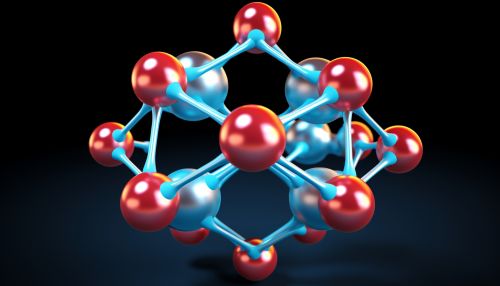Methane
Introduction
Methane (CH4) is a hydrocarbon that is a primary component of natural gas. A potent greenhouse gas, methane is colorless, odorless, and flammable. It is the simplest hydrocarbon, consisting of one carbon atom bonded to four hydrogen atoms.
Physical Properties
Methane is a tetrahedral molecule, with each of the four hydrogen atoms arranged symmetrically around the central carbon atom. This molecular structure gives methane its characteristic properties. It is less dense than air, allowing it to rise in the atmosphere. Methane is also a good conductor of heat, and it can absorb and emit infrared radiation, which contributes to its potency as a greenhouse gas.


Sources of Methane
Methane is produced both naturally and through human activities. Natural sources include wetlands, termites, and the oceans. Human activities that produce methane include the extraction and burning of fossil fuels, livestock farming, and the decay of organic waste in landfills.
Natural Sources
Wetlands are the largest natural source of methane. This is due to the activity of microorganisms in the soil, which produce methane as a byproduct of their metabolism. Other natural sources of methane include termites, which produce methane as a byproduct of their digestion, and the oceans, where methane is produced by methanogenic archaea.
Anthropogenic Sources
Human activities are a significant source of methane. The extraction and burning of fossil fuels, particularly natural gas, is a major source of methane emissions. Methane is also produced by livestock farming, as ruminant animals such as cows and sheep produce methane as a byproduct of their digestion. The decay of organic waste in landfills is another significant source of methane.
Methane and Climate Change
Methane is a potent greenhouse gas, with a global warming potential approximately 25 times greater than that of carbon dioxide over a 100-year period. This means that, pound for pound, methane has a much greater impact on global warming than carbon dioxide. However, methane's atmospheric lifetime is much shorter than that of carbon dioxide, meaning it does not stay in the atmosphere as long.
Mitigation Strategies
There are several strategies for reducing methane emissions. These include improving the efficiency of fossil fuel extraction and use, implementing better management practices for livestock farming, and reducing the amount of organic waste that goes to landfills. Methane can also be captured and used as a source of energy.
